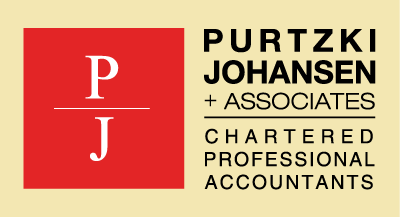The government released draft legislation regarding a redesigned Canada Emergency Wage Subsidy (CEWS).
Here are the highlights of the key changes.
The CEWS was extended to November 21, 2020 with a potential further extension to December 31, 2020. The redesigned CEWS has two different rate structures, one calculated based on remuneration paid to active employees and the second for employees that are furloughed i.e. on leave.
The subsidy for active employees is based on a two-part calculation to determine:
- a base subsidy rate to apply to employers who have seen a business decline, plus
- a top up subsidy rate for employers affected more severely.
For periods 5 and 6 you can pick either the existing CEWS formula or the new one.
Here is the rate formula to calculate the base subsidy rate.
Period 5: July 5 – August 1; 1.2 x revenue decline of current or prior period (maximum of 60%)
Period 6: August 2 – August 29; 1.2 x revenue decline of current or prior period (maximum of 60%)
Period 7: August 30 – September 26; 1.0 x revenue decline of current or prior period (maximum of 50%)
Period 8: September 27 – October 24; 0.8 x revenue decline of current or prior period (maximum of 40%)
Period 9: October 25 – November 21; 0.4 x revenue decline current or prior period (maximum of 20%)
The Government has not yet released the details for the potential Period 10 (November 22 to December 19).
For example, an employer experiencing a 50% revenue drop in period 5 is eligible for a maximum weekly base CEWS amount of $677: 60% (1.2 x 50%) x $1,129; per employee.
The previous maximum wage subsidy per employee was $1,129 x 75% = $847 per week.
Employee eligibility
Starting in period 5, an employee can be without pay for 14 consecutive days or more and still meet the definition of an eligible employee.
Here is how the top-up subsidy rate is calculated.
The revenue drop is determined under the general approach by comparing revenues in the preceding 3 months to the same months in the prior year. Under the alternative approach, the drop is determined by comparing average monthly revenue in the preceding 3 months to the average monthly revenue in January and February 2020.
The top-up portion of the subsidy is to help those employers whose revenue has dropped by more than 50% in the three month period. The top-up rate also varies based on the size of the revenue drop and is subject to a cap of 25%. This cap applies if the three-month average revenue drop is 70% or more. However, unlike the base subsidy, the range and cap amounts do not decline over time.
Example: The revenue drop is 60%: 1.25 x (Rev. Drop of 60% minus 50%), to a max. of 25%. The subsidy rate is: 1.25 x 10% = 12.5%
CEWS for Furloughed Employees
For periods 5 and 6, the subsidy is the same as for periods 1 to 4, that is; the greater of:
For arm’s-length employees, 75% of the amount of remuneration paid, to a maximum of $847 per week; and
75% of the employee’s pre-crisis weekly remuneration, to a maximum benefit of $847 per week or the amount of remuneration paid, whichever is less.
Beginning in Period 7, CEWS support for furloughed employees will be adjusted to align with the benefits provided through the Canada Emergency Response Benefit (CERB) and/or Employment Insurance (EI).
The employer portion of contributions to the CPP and EI will continue to be refunded to the employer.



